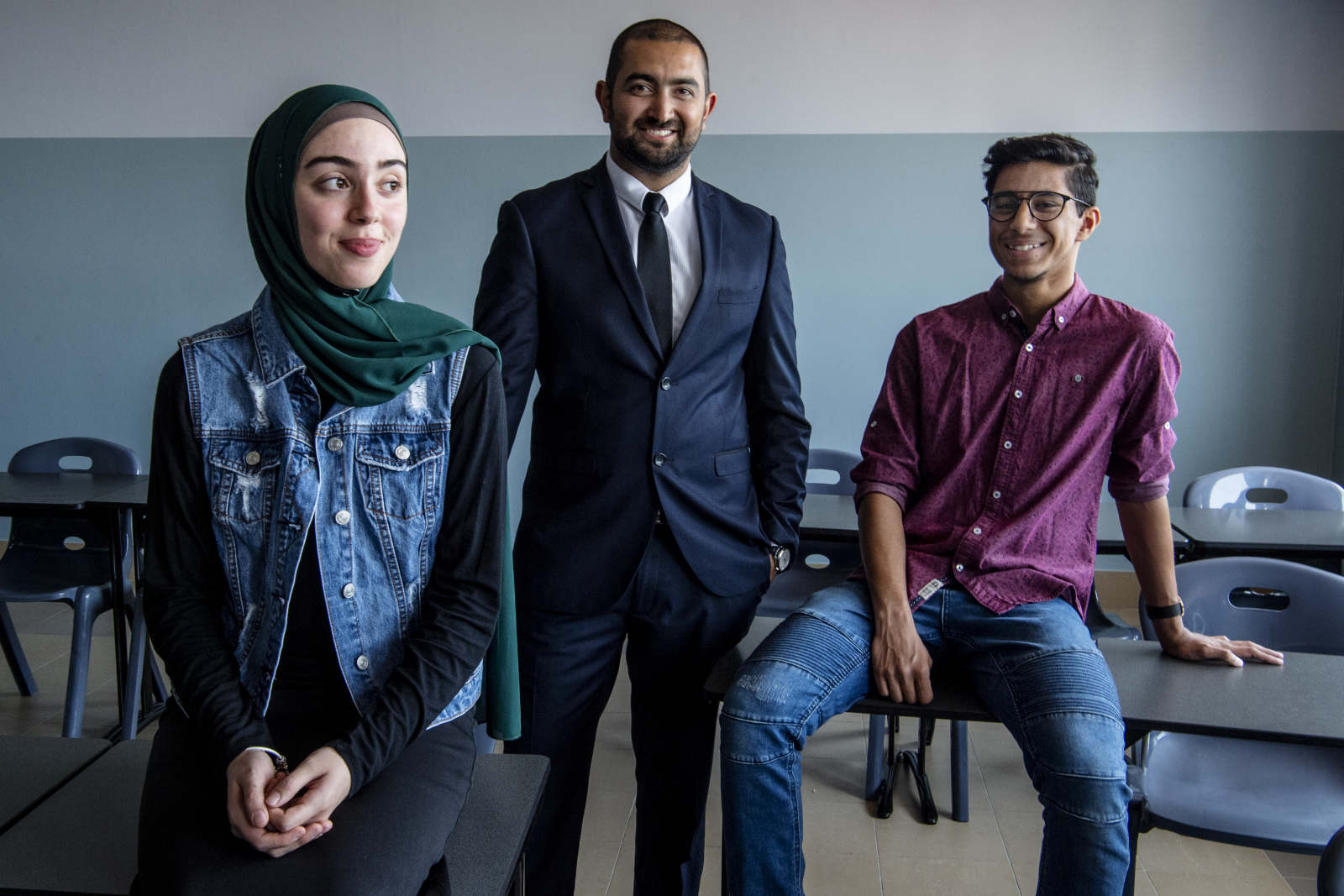Independent schools to overtake Catholic system as second-biggest sector in NSW
by Jordan BakerIndependently-run schools are expected to overtake the Catholic system as NSW's second-biggest education sector in two years, federal government projections show, partly due to the growing popularity of low-fee Islamic colleges.
Under projections from the Department of Education, the NSW public system will maintain its 65 per cent share of students, adding more than 72,000 enrolments to bring total numbers to almost 900,000 by 2029.

Catholic systemic schools' share will drop from 17.6 to 16.8 per cent over the same period, while the proportion of students enrolled in independently-run schools - which include 46 independent Catholic schools - is expected to increase from 17.1 per cent to 18.6 per cent.
The data shows enrolments at independent schools will surpass those at Catholic systemic schools for the first time in 2022, by 3000 students.
Independent schools receive their recurrent funding directly from government and are managed by their own board, while Catholic systemic schools - local parish primary schools and the secondary schools into which they feed - are run by the local diocesan schools office.
Catholic Schools NSW argues that the longstanding distinction between systemic and independently-run Catholic schools should be dropped. A spokesman said the sector had a 20 per cent market share when Catholic schools were grouped together.
"The [independent] sector will not overtake the former anytime soon, and definitely not by 2029," he said. "In any case, transfers between systemic and congregational Catholic schools have always been a common feature, so long as the students stay within the ‘Catholic family’."
Across the country, Catholic systemic schools are expected to remain the second-biggest school sector in 2029, although their share of enrolments will drop from 18 per cent to 17.4 per cent.
Enrolment growth in Catholic systemic schools has been slowing over the past 10 years. The Mitchell Institute has argued that migration could be a factor, as new arrivals are more likely to attend a government or independent school.
Within the independent sector, Islamic schools have been growing. In 2004 there were 5131 students, and that grew to 17,544 in 2019. Schools say they don't have enough space to meet demand. At Al-Faisal College's Auburn and Campbelltown campuses, there are 900 students on the waiting list.
The Association of Independent Schools of NSW analysed kindergarten enrolments - an indicator of trends - in its schools last year, and found most growth was in schools across south-west Sydney, the Central Coast and the New England region, as well as in schools that catered for students from kindergarten to year 12.
Growth at Islamic schools was second only to that at Anglican schools. “Surprisingly, girls made up 78 per cent of the increase in kindergarten students," said Geoff Newcombe, chief executive of the Association of Independent Schools.
The president of the NSW Teachers Federation, Angelo Gavrielatos, said the data showed continued confidence in public schools. "Parents are clearly putting their faith in government schools, which are doing such a great job," he said.
The projections did not take into account the potential impact of COVID-19 on the capacity of families to pay for private schooling. Christopher Ryan, an education economist at the University of Melbourne, said previous recessions gave no clues about what would happen in the next few years.
In the 1990s recession, private school enrolment share grew, but the shift to Catholic from government schools dropped. There were no obvious income-driven trends during the global financial crisis. "I think history provides little guide to what we are about to see in sector enrolments," he said.